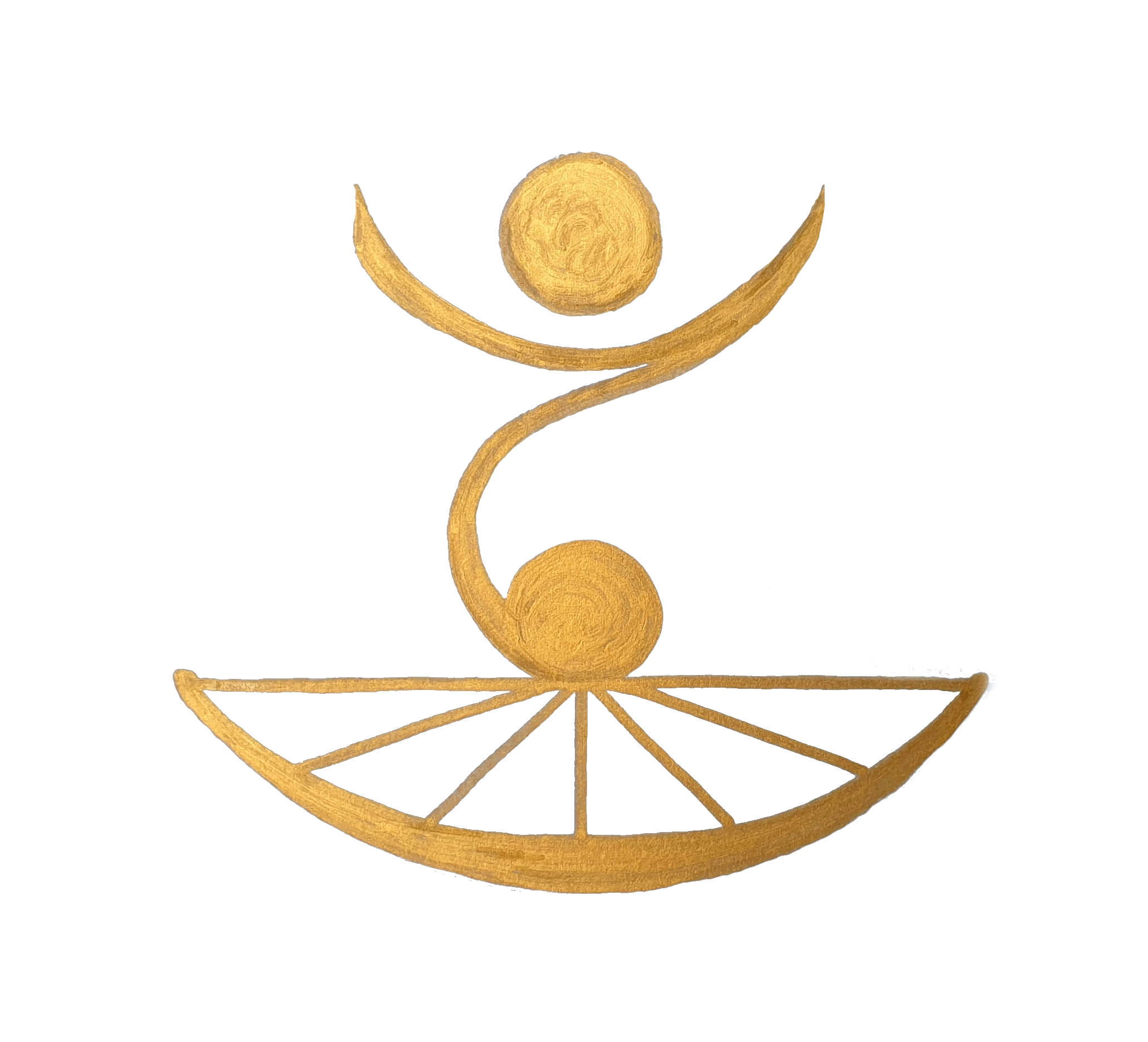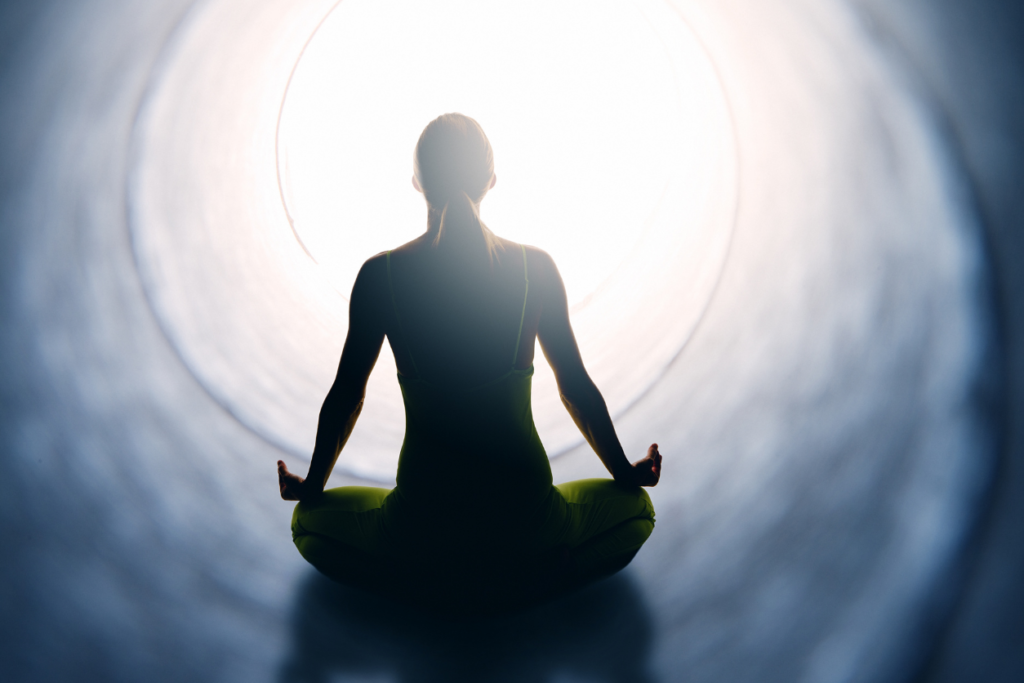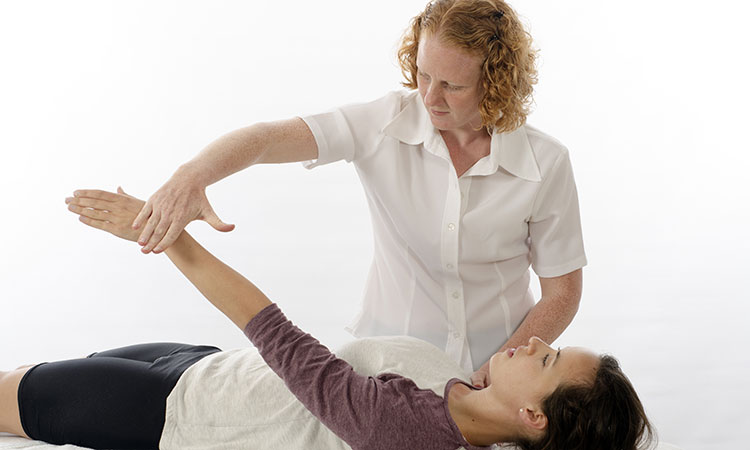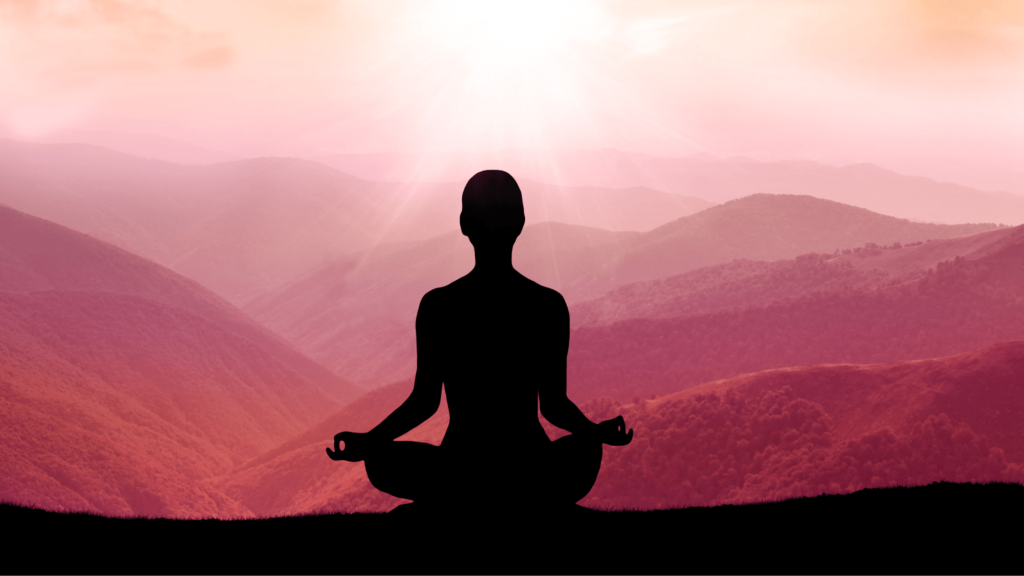What is the Point of Practice?
There are universal personality traits that becomes real hindrances to practice, one such hindrance is a kind of mental laziness. What I mean here is not what would ordinarily be regarded as laziness. In fact Zen students are disciplined in a way that would seem to preclude anything resembling lazy.
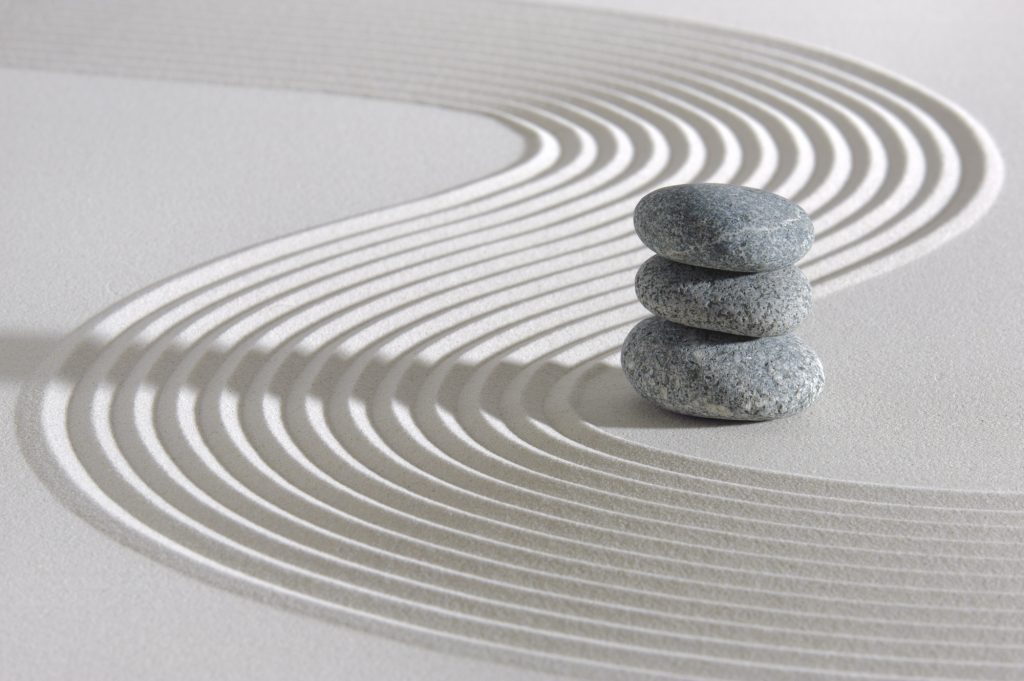
It is more about asking ourselves deeply what the point of practice really is. Most of us come to practice with illusions about just what it is that practice will do for us. Many come having read books on Zen such as the Three Pillars of Zen promising that diligent practice would lead one into an enlightenment experience that would result in the permanent enlightened state, forever changing our life. Starting with this unrealistic expectation has led many to give up practice altogether. Others have come hoping to be forever rid of anxiety or fear. What I have found is that regardless of what brings us to practice to begin with, over time this practice does change us. Sometimes like myself in ways that are at first subtle but reflected rather in little things like never forgetting to cancel the turn signal while driving. Or being continually aware and hearing sounds about me in the external environment meanwhile my attention is focused elsewhere. This was not always the case.
Thoughtful reflection on what practice requires helps keep practice straightforward. This is not analyzing but making a clear effort in articulating in a clear way what it is that is our aim. The surest antidote to what I mean here by laziness is to maintain an abiding curiosity about ourselves and an attention to detail about just what it is that makes us tick. In order to keep practice fresh and sharp my teachers have instructed each of us to write out a simple practice statement. This statement should come from our hearts deepest aspiration and our direct practice experience. This practice statement is rather like a mission statement but for our practice.
I found over the course of time the need to revise my statement. My initial statement had to do with overcoming judgement but I found that in focusing on judgement directly I was failing to free myself from its tendency. My statement just was not bearing the fruit I wanted. Therefore I set out to revise my statement. It took me about three months before I settled on one that satisfied me. My lasting statement reads as fallows
”the door of my heart remains open to the all of all beings and all of life.” This is a statement of my hearts deepest aspiration; to be able to live from the open heart. It was the biggest umbrella I could come up with. It covers indirectly all of the things that cause the heart to close, including judgement. I say it each time I begin to sit. Having a practice statement I find has clarified my practice as well as serving the purpose of continually increasing my aspiration.
So what does this really mean to want to live from the open heart? Remaining open to encroaching old age is difficult. Remaining open to financial adversity is difficult. Remaining open to ill health or the death of loved ones, all this and so much more is difficult. As the Buddha said all life is difficult. All life is inherent pain. But Zen teaches us the difference between pain and suffering. Practice cannot save us from pain. But it does show us how we may live in harmony with the pain so that we do not suffer.
A prime example of how exercising the proper use of our mind assists practice when dealing with difficult emotions is working with anger. It is a basic principle to not express anger. Yet in following this dictate without understanding the process of how to work with this emotion would simply lead to the toxic suppression of feelings. We need to understand that in replaying the story line of thoughts and justifications that accompany our anger, we cannot move to the next stage which is feeling the anger as sheer energy within our body. I here borrow an analogy of anger as being the mushroom cloud of an explosion; meaning that at ground zero there is the deeper energy of fear.
Fear… another strong emotion can be so overpowering that practice is all but forgotten in the moment. During this Covid 19 virus, fear is gripping many of us with new intensity. Financial crisis is now global and financial crisis has the ability to put us squarely in the densest of our survival fears. For me personally overnight my business is closed and my income reduced to 0. I cannot say that practice has enabled me to be without fear but it does enable me to stretch my own container of me to include more than just fear. I still feel the ground below my feet. I hear the birds. Due to the increase of free time I am practicing more than ever. Off the cushion my basic practice is a duel awareness of both my body and breath and the world around me. This keeps me present and keeps my mind from spinning out of control worrying about what is yet to come. I keep reminding myself if my mind starts to catastrophize about where the future is headed… it is not happening now. Now I am OK.
When caught in an emotional reaction such as this …it is very easy for thoughts to pass by unnoticed. This is the point of thought labeling and the three RRR practice, (recognize, refrain and refocusing). But once our self-observation is back online it is helpful to add “What is my most believed thought?” Or how is it supposed to be? If we do not ask this question we will fail to look deeper. We will miss in addition to our anger and our fears, our self-images, masks and pretenses.
Years ago… I believed because I had already been through the fire, I could handle whatever life handed me. Then while going through a painful divorce, I held tight the belief that if this is as bad as it gets, this too I can handle. But while driving (my friend in the passenger seat), I drove right through a red light. I had not even noticed but you can be sure my friend noticed. It then struck me like the proverbial bolt …perhaps I’m not in as good a shape as I think I am. I turned the car over to my friend to drive. Wherever we have such a self-image we also have a blind spot. So watch for these self-images. They are insidious.
It is only by developing an enduring and encompassing curiosity about what it is that runs us and by challenging ourselves to look deeper (not to be confused with analyzing) that we can catch our reoccurring emotional patterns and beliefs that slip by unnoticed. Zen regards ordinary human consciousness as a form of waking sleep. Of this waking sleep it is good never to underestimate its pull, even in the most ardent practitioners.
Now that the world is facing a crisis that is as serious as any world war, more than ever we need the life skills Zen is designed to develop. Foremost among these are growing up, waking up and compassion.
Carl Jung asked How different the world would be if each us of would just pick up and carry own cross? Practice is about how we can we best pick up and carry our own cross and at the same time keep our hearts open.
